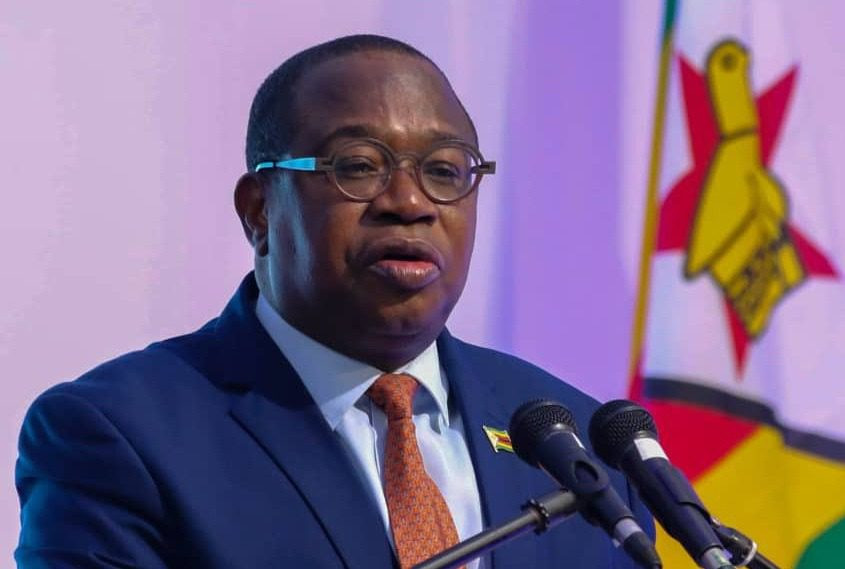
BY Ellen Fungisai Chipango Zimbabwe is the largest tobacco producer in Africa and in 2018, the crop accounted for about 10% of the country’s gross domestic product.
Zimbabwe’s hopes to become an upper middle-income economy by 2030, therefore, depend quite heavily on the tobacco sector.
But the process of curing tobacco uses a lot of energy — something that is often unavailable in Zimbabwe. Power is unaffordable for many and is frequently cut.
For small-scale tobacco farmers, the prices of inputs have increased while the market prices of their product have remained the same or declined. This is due to unfavourable political-economic conditions.
For instance, government ordered that only 60% of sales would be paid in US dollars and the remainder in local currency.
Further, many small-scale farmers are into contract farming. Too often, farmers’ proceeds are eroded by paying off their debts with local contract companies that supply them with farming inputs at the beginning of the season.
Financially pressed and sometimes lacking electricity, farmers have to look for alternative sources of energy — and cutting down indigenous trees is one of them. This creates environmental degradation.
Tobacco farmers are estimated to account for 60 000 hectares of deforestation each year, around 20% of the country’s total forest loss of close to 300 000 hectares a year.
- Chamisa under fire over US$120K donation
- Mavhunga puts DeMbare into Chibuku quarterfinals
- Pension funds bet on Cabora Bassa oilfields
- Councils defy govt fire tender directive
Keep Reading
Leaving the farmers at the mercy of the market isn’t sustainable. This is a situation where the State should intervene, for the wellbeing of the farmers and the environment.
I conducted research into how a lack of access to energy informs farmers’ decisions about their environment. To explore the issue, I looked specifically at the dilemma of tobacco farmers who are faced with both energy poverty and environmental degradation.
Zimbabwe’s small-scale farmers, especially tobacco farmers, have been labelled ecological destroyers by government and its agencies.
But, as my research shows, poor farmers are forced to burn fuelwood because they can’t afford to pay for electricity. Cutting down trees is, therefore, not something to be condemned.
The State controls and regulates small farmers’ environmental practices without addressing what forces them to follow these practices.
The State’s only intervention is to encourage growing of eucalyptus woodlots so that farmers have access to fuelwood. But this doesn’t solve the real problem.
My study illustrates that poor people’s energy poverty is an outcome of a web of relationships between the State and the market, where there is an unequal exchange. It is beyond the poor farmer’s control.
Energy poverty is a market condition
I conducted interviews with residents of the Zingondi Resettlement Area in Manicaland province of Zimbabwe. I also interviewed government officials and reviewed pertinent policies and literature.
My main question to the farmers was: why were they energy poor in their region? From government actors, I sought to understand how they were addressing the farmers’ dilemma of being energy poor and having to protect the environment.
Around the 1980s, the area was initially established as a farming co-operative. Later, government dissolved it as part of the land reform programme — a strategy aimed at enhancing access to land for more people.
Under the programme, the State allocated each household three hectares of land. Local residents depend on subsistence farming and most of them grow tobacco as a cash crop.
For this population, energy poverty is a market condition. This community cannot afford electricity connection because it is poorly remunerated for its labour and produce.
People I interviewed said they had been forced to cut indigenous trees to burn for tobacco curing. They were criminalised and punished for ecological “destruction”.
On top of that, the quality of their produce was affected by using inefficient energy sources. And they had to work harder to produce it.
Government’s approach
What government actors told me shows that government is blind to the farmers’ plight. Asked how the poor should cope, an official from the Environmental Management Agency retorted: “Let them use coal!”
Some officials held the view that poor farmers weren’t environmentally conscious as they harvested fuelwood unsustainably. They said this underscored the need for government to intervene and regulate the use of fuelwood.
Another solution government and the private sector have proposed is the establishment of sustainable woodlots. This, they argue, will meet the farmers’ energy needs while protecting the environment.
In my view, this leaves the skewed market relations intact. The reproductive cycle of the farming households is tied intimately to the market.
But this relationship is skewed against the farmers when there are decreased returns for their labour.
When government fails to address these market failures, which affect the poor while encouraging export-led economic growth, the winners are tobacco buyers and the losers are the sellers.
What to do about it
There are three fundamental issues to consider.
First, there needs to be an understanding that energy poverty and environmental degradation are tied to the socioeconomic conditions farmers find themselves in. The problem must be framed correctly.
In this case, the problem is not a poor farmer. It is the unequal relations in the marketplace. The predicament of poor farmers can’t be viewed in isolation and must be understood within the context of global processes beyond their control.
So what are the solutions?
Policymakers need to look beyond proximate causes of energy poverty and environmental degradation to discover the inextricable links between the social, political-economic and environmental factors.
This approach addresses the underlying problems and not mere symptoms of energy poverty.
Another solution would be to persuade people to use electricity and renewable energy technologies. But this requires careful and flexible economic policies to cushion rural livelihoods and the buying power of consumers.
In addition, policies must stop attempting to solve the problem as though it’s one caused by poor farmers. Rather, they should take on board the fact that socio-ecological fixes such as woodlots don’t work.
Nature, economy and society are inseparable. Environmental laws and policies should approach them as such.
- Ellen Fungisai Chipango is a postdoctoral research fellow at the University of Johannesburg










